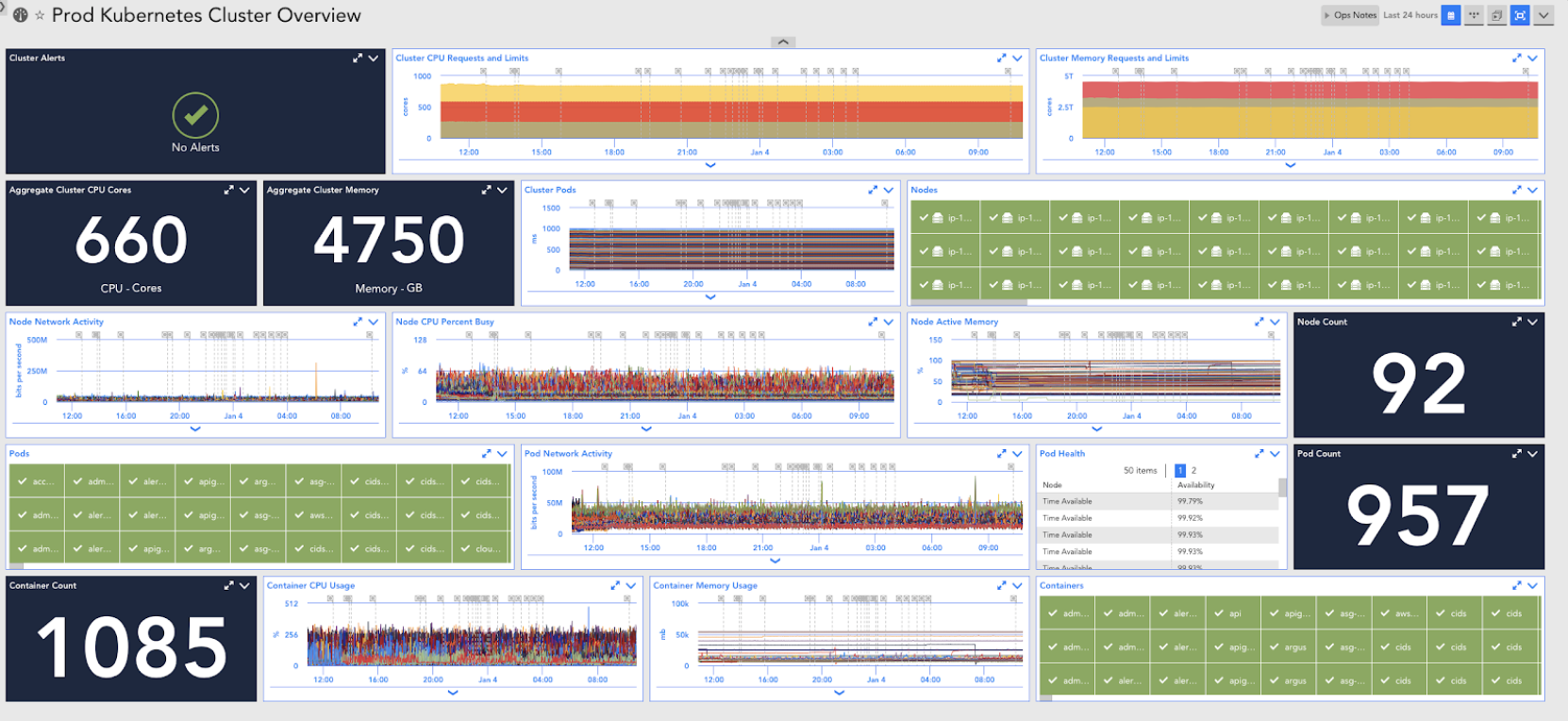Whitepaper
The pressure is on for organizations to innovate faster, respond to market changes better, and work smarter. To power the continuous delivery and agility they need for DevOps, companies of all sizes, in every industry, are embracing the cloud. In a recent survey, 92 percent of participants were using multiple cloud vendors.
Although cloud solutions offer great advantages, many organizations are still keeping key services and apps on-premises due to cost, security, compliance, and other concerns. They are adopting containerized applications that can run both on-premises and in the cloud as a unifying layer.




